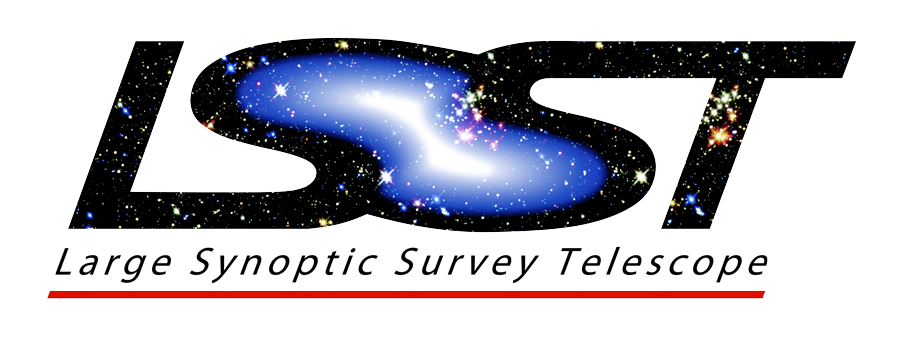Supermassive Black Hole Science with the LSST
LSST will enable studies of the growing supermassive black holes (SMBHs) in active galactic nuclei (AGNs) on a truly massive scale - LSST plus multiwavelength data should allow the selection of tens of millions of AGNs. LSST will also provide unmatched source statistics on transient SMBH phenomena including stellar tidal disruptions, strong gravitational microlensing events, blazar flares, changing-look sources, and accretion-disk instabilities. This session will discuss these science prospects and promote planning for them with connections to the AGN Science Collaboration, the Galaxies Science Collaboration, the Transients Science Collaboration, Informatics and Statistics, and the Project. Some specific example topics for discussion will include the following: * LSST plus multiwavelength AGN selection and expected AGN yields * Optimizing AGN science in the LSST Deep Drilling Fields, and needed work on white papers on LSST cadence optimization * What are the most relevant data-mining projects that can be executed currently to prepare for LSST? * What improvements and updates are needed to the LSST AGN Science Collaboration Roadmap? * Current and planned activities of the LSST AGN Science Collaboration and other relevant collaborations * How can international resources best be pooled to follow-up the flood of LSST AGNs.
11:00-11:05 Welcome, Overview, and Activities of the AGN SC - W.N. Brandt
11:05-11:20 AGN Selection Opportunities and Challenges with the LSST - Jan-Torge Schindler
11:25-11:40 Three New z ~ 7 Quasars from DES and the Future of Quasar Surveys with LSST - Sophie Reed
11:45-12:00 Strongly Lensed AGNs: LSST Science Expectations and Cadence Needs - Timo Anguita
12:05-12:20 Needed Data-Mining to Prepare for LSST AGN Science and Chilean AGN Follow-Up Capabilities - Franz Bauer
5 min question time between talks.
Session Organizers: W.N. Brandt (Chair), Franz Bauer, Gordon Richards, Michael Strauss
